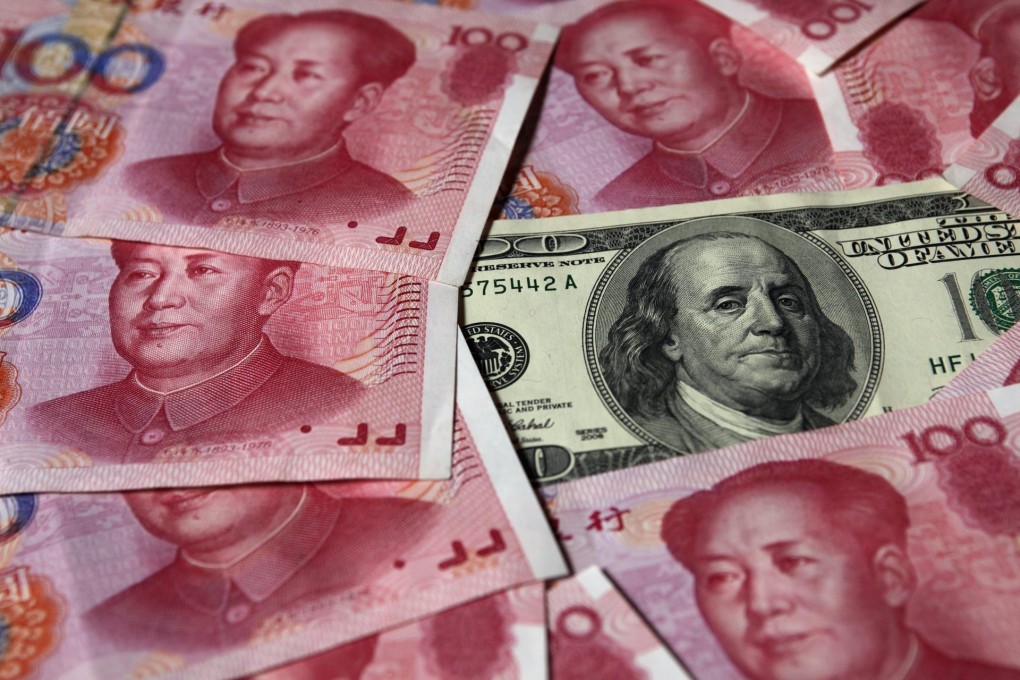Lai See | Structural change in United States will impact on China
As one economic problem shows signs of receding, another comes into view. Such is the nature of things. For the last five years the dominant issue has been whether or not quantitative easing (QE) would succeed in stimulating growth in Europe and the US.

As one economic problem shows signs of receding, another comes into view. Such is the nature of things. For the last five years the dominant issue has been whether or not quantitative easing (QE) would succeed in stimulating growth in Europe and the US. Now that growth has emerged there is concern over whether this life support mechanism can be turned off without undue turmoil in financial markets.
Meanwhile, another problem is looming, according to CLSA strategist Russell Napier. While growth has returned to the US, it is not particularly strong but it is structurally different. The US is growing unlike previous cycles which witnessed an explosion in the current account deficit; this time its current account deficit is shrinking. The current account includes, among other things, a country's trade balance with other countries. This has implications for the rest of the world since the US current account deficit is an important driver of global liquidity, particularly for currencies linked to the US dollar like China.
In previous cycles, economic growth has led to a burgeoning current account deficit as consumption and thus imports rise and dollars flow out of the US to pay for it all. Indeed from the 1990s the prospect of ever-widening US current account deficits was the basis for the international monetary system, says Napier. The consequent surpluses earned by emerging economies allowed liquidity creation and stable exchange rates. However, according to Napier that model has already started to change.
The US current account deficit is now around 2 per cent of gross domestic product compared with 5 per cent of GDP in 2007. The reasons for this, says Napier, is firstly the US shale gas revolution which means that fewer US dollars are in foreign hands. The US is now more competitive, particularly with China.
For example monthly factory wages in mainland China have increased three times since 2007 compared with a 12 per cent increase in the US. The US has access to cheaper fuel, and developments such as robotics are reducing the importance of cheap labour in global competitiveness. At the same time US baby boomers now aged between 50-68 are de-gearing and saving in preparation for retirement. This means less consumption and fewer imports.
The upshot of this is that emerging market economies have embarked on a borrowing binge of US dollars to make up the shortfall of earned US dollars. Napier believes many economies are contracting as a result of this dynamic.
